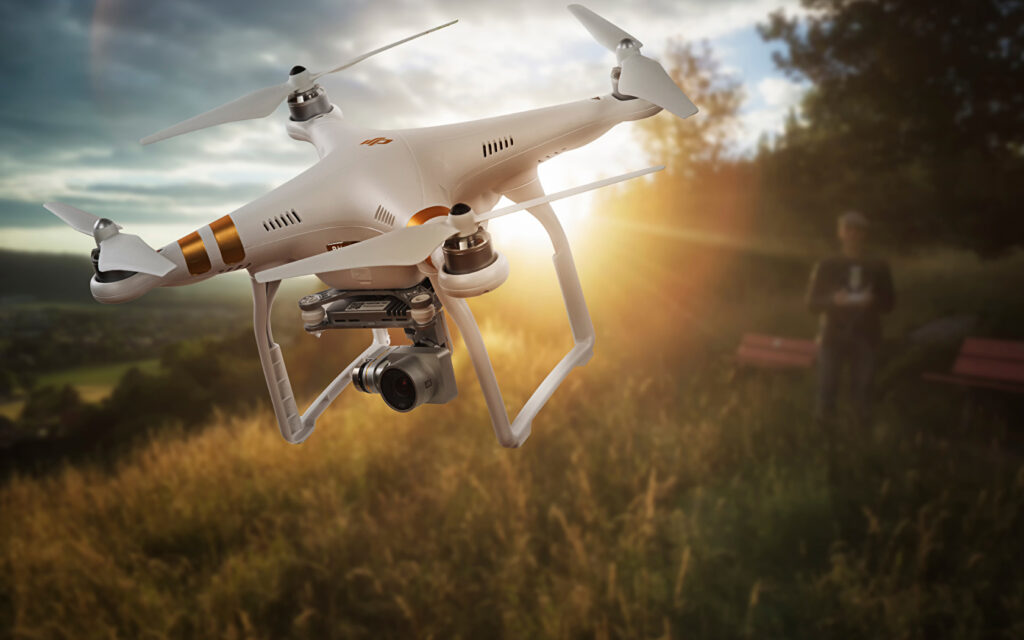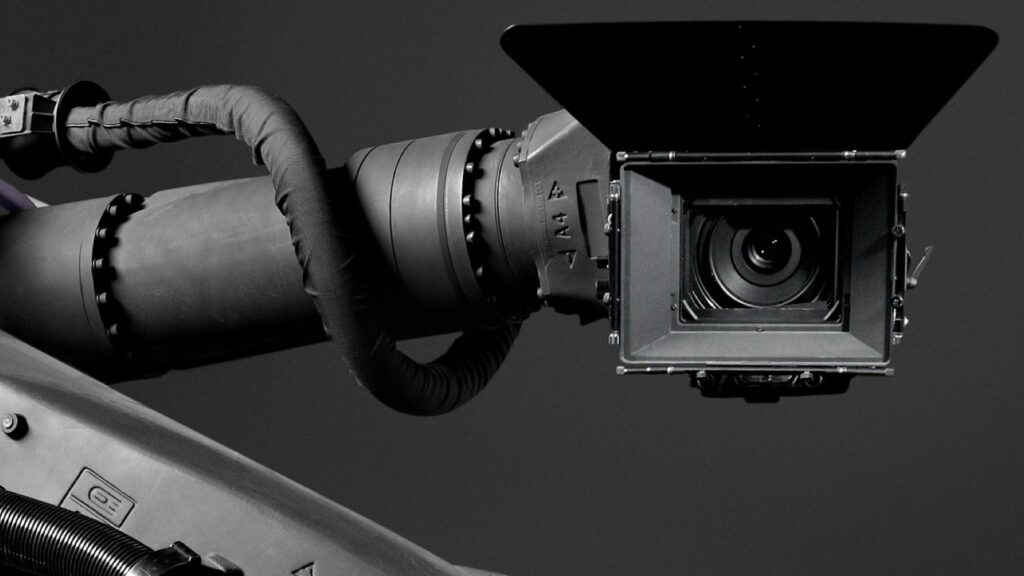
Robots in video surveillance
Robots in video surveillance
Since 2016, the global IT market has been constantly filled with unmanned aerial vehicles that are intended for commercial security applications. Experts note that at the current time robotics acts as a “multiplier for increasing the effectiveness” of security. Our article is about what a video surveillance robot is, about its types and main purpose.
Goal of introducing robotics into a video surveillance system
We can point out two main functions performed by drones and robots in commercial security – patrolling and alarming. At the same time, unmanned robots act as assistants for the main stationary video surveillance equipment and security systems until they are capable of providing 100% coverage.
- Patrolling.
Security robots are ideal for patrolling shopping and office centers, as well as surrounding areas, 24/7. Robots carry out autonomous movement along a given route and video surveillance using cameras with built-in artificial intelligence modules. Cameras are usually panoramic and PTZ. Video streaming is conducted via the Internet (WI-FI, 4G). Group patrol mode and automatic recharging of batteries are possible.
Read the article “Remote video surveillance systems: the future is already here“, it will be interesting.
- Alarms and notifications.
There are two methods:
- when the alarm is turned on, the robot quickly arrives at the site and provides a video signal, which allows you to establish visual control over the situation until the arrival of the police or security guards;
- in case of detection of an unauthorized object in the protected area, including a person, the robot sends a photo and link to download a video clip to the operator’s console (or smartphone).
Conclusion: the symbiosis of new generation robotics and the capabilities of traditional physical surveillance significantly increases the security of the protected facility. Read how to create an innovative solution using cloud services here.
Types of robots used in video surveillance
There are three main types of robotic devices used in the video surveillance market:
- AUAV or autonomous unmanned aerial vehicles;
- AUGV or autonomous unmanned ground vehicles;
- robotic cameras.
Drones and security robots: comparative characteristics
Drones, due to the fact that they fly high, provide a view of a much larger surveillance area, and a ground robot can see approximately the same area as a person. But the functioning of a drone is limited by a short battery life (on average ½ hour), and a ground transport robot can work up to 8 hours, and can also be automatically recharged (sent to the base like a regular robot vacuum cleaner).
In addition, aerial and ground robots differ in equipment: AUGV can be equipped with numerous sensors (biological, radiation, chemical analysis sensors, sonar, radio station, etc.) and various cameras. And drones can fly with only one camera or with one camera + thermal vision.
Robotic cameras
Such security cameras are called “speed dome” or PTZ. They are equipped with remote control that allows you to rotate the cameras, direct the lens, track an object in motion, and can zoom up to 30 times or more. This function allows you to see objects in detail (face, license plate of a car) that are located far from the operator. A camera-robot for video surveillance can be used indoors and outdoors, and also has the option of sounding an alarm when violations are detected.
INTERESTING FACT: Many users think that a robot vacuum cleaner with video surveillance is a household device with built-in video surveillance functions. This is not true. It is exclusively about the navigation option of the vacuum cleaner for building a map of the room.
What if you can’t afford robotics?
We all understand that automated machines are expensive. To fully ensure the security of facilities (household or commercial), you can use cloud video surveillance services. They are inexpensive, lightweight, mobile, self-updating, and do not require additional equipment or specialist intervention. And if you need intelligent video analytics, then it’s also available.
Want to know how to create a complete surveillance system using two mobile phones and the Faceter cloud service? Read the article “4 steps of connecting a CCTV camera to your phone“.
Conclusion
Robot manufacturers work in close partnership with video surveillance specialists. The number one issue that affects the massive demand for robots is the issue of pricing. Also, consumers are concerned about the integration capabilities of drones with everyday devices (phones, PCs, consoles).







